Premium Only Content
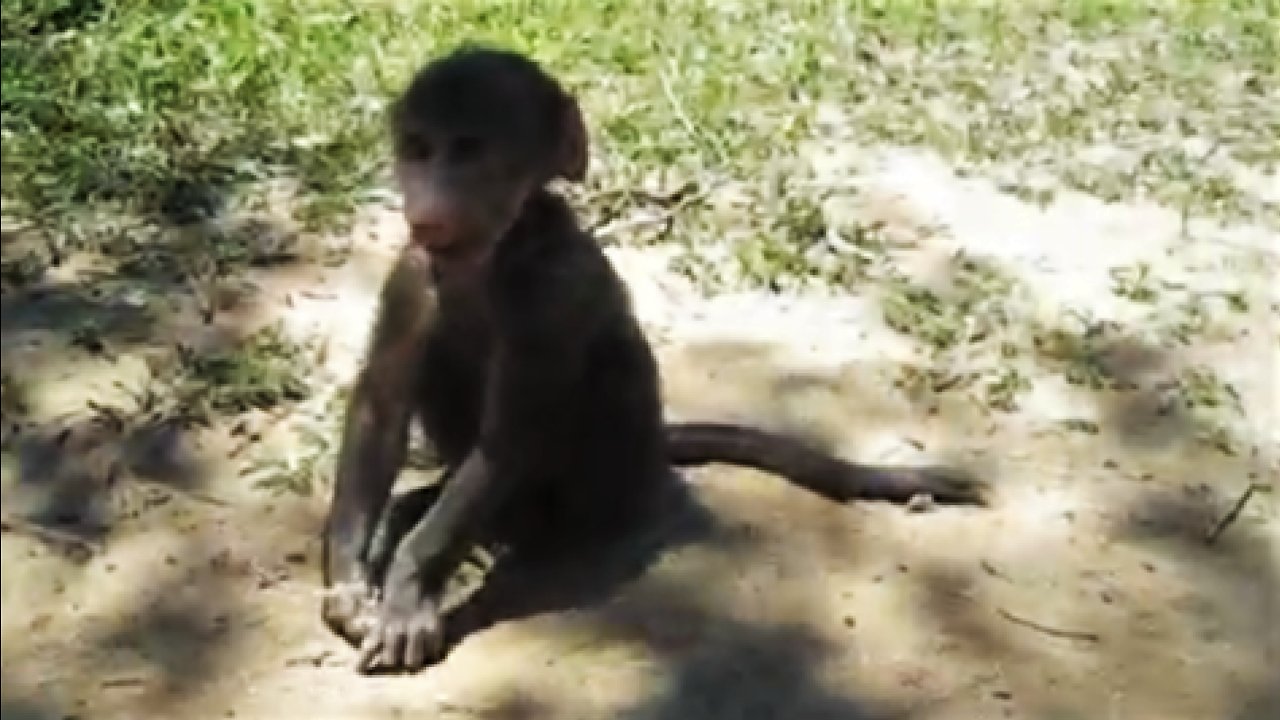
Rescued baby baboon is too adorable
Both of these baboons are rescued babies, and had to be rescued because they have lost their mothers, however, one is already a few months old, and the little one has recently arrived at the wildlife sanctuary. In spite of being little and still a bit afraid of the world, she is also very curious and loves to play, but always stays near her human caretakers. How adorable is she?!
The Chacma Baboon (Papio ursinus), is one of the five species of baboons, along with the Yellow baboon (Papio cynocephalus), the Olive baboon (Papio anubis), the Guinea baboon (Papio papio), and the Hamadryas baboon (Papio hamadryas). With the exception of the Hamadryas Baboon, which also occurs in the southwestern tip of the Arabian Peninsula, they are all native to the African continent. The Chacma Baboon occurs all over southern Africa, up to the Zambezi valley, Caprivi, and southern Angola.
Two subspecies of Chacma Baboon are recognized: Papio ursinus griseipes, occuring in south-west Zambia, Botswana, Zimbabwe, and Mozambique; and Papio ursinus ursinus, occuring in all provinces of South Africa and throughout Namibia.
They have the need to drink water daily, making water a limiting factor for their range, but they occupy subdesert and steppes, savanna, all types of woodland, montane regions, Cape Fynbos and Succulent Karoo.
Chacma Baboons live in troops of usually 20 to 50 members, but up to 130 individuals have been recorded together. The troops contain adult males, females and the babies, and it has a complex social structure, and are ranked by dominance.
Baboons are omnivorous and opportunistic, which means that they eat a little bit of everything, and will take whatever they can get their hands on, even though they might show a preference for bulbs, shoots, roots, seeds, and fruits. They can also eat fungi, lichen, invertebrates, small vertebrates and, occasionally, even small antelopes, or lambs and small stock, in some ranching areas.
They are usually considered pests, for raiding crops and livestock, which makes people shoot and poison them. They are also hunted for bushmeat, captured for the pet trade and can be used for medical research, but victims of urbanization as well, getting hit by cars or electrocuted.
-
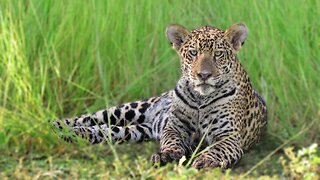 0:40
0:40
NataliaCara
1 year agoEncountering a beautiful jaguar cub in the wild!
1.42K2 -
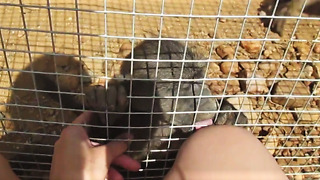 5:12
5:12
NataliaCara
6 years agoAdorable rescued baby baboon interacting with caretaker
2241 -
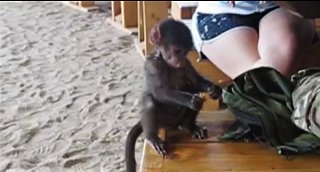 0:35
0:35
NataliaCara
5 years agoRescued baby baboon will melt your heart!
29111 -
 1:12
1:12
NataliaCara
6 years agoAdorable rescued baby monkey
163K3 -
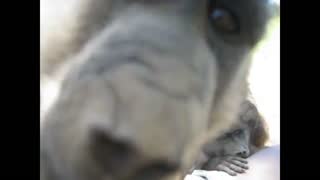 0:15
0:15
NataliaCara
6 years agoAdorable rescued baby baboon wants to investigate the camera
12K2 -
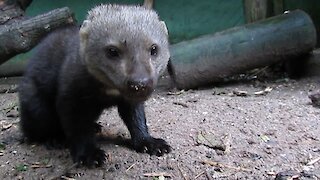 0:39
0:39
NataliaCara
5 years agoAdorable rescued Tayra loves sweet potato
8.01K6 -
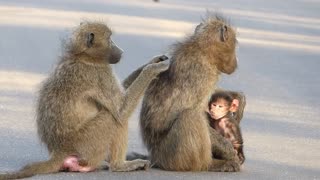 2:13
2:13
roaneric
5 years agoWobbly baby baboon
40.5K -
 1:03
1:03
NataliaCara
6 years agoAdorable rescued baby monkey having breakfast
38.5K5 -
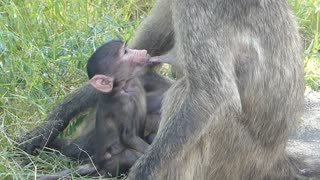 0:34
0:34
roaneric
5 years agoCuteness overload. Baby baboon suckling
51.6K -
 0:42
0:42
Djamil
5 years agoRescued baby raccoons
382